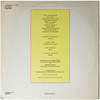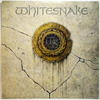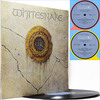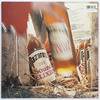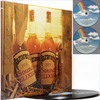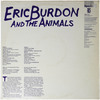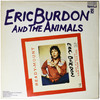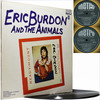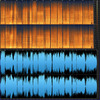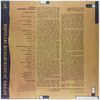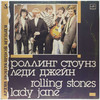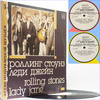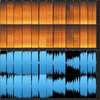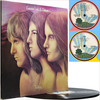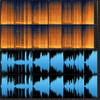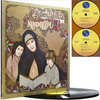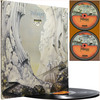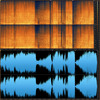Label: Atlantic Records (UK), K 40106
Style: Symphonic Rock
Country: London, England
Time: 40:50
Format: Flac Tracks 16/44,1 kHz
Size: 257 Mb
"The Yes Album started a new plane for Yes," Steve Howe said in 2013, "where we were completely original. Not doing other people’s songs, but creating our own music. "When I joined, I said: ‘Isn’t it time Yes did the whole thing?’ They all felt the same."
First released in February 1971, Yes’s third full-lengther “felt like the first real Yes album” according to Jon Anderson.
With Peter Banks having left, Howe came in with a dazzling scope of guitar sonics and styles while the band, skint and fed up of watching other bands they knew break big, jettisoned the stabilisers.
Co-producer and engineer Eddy Offord too played a vital role in their invention of a new post-psychedelia landscape. Like radical sculptors, they curved and warped the structure of their material until it offered resonant revelations in sound.
The trippy trinity of Yours Is No Disgrace, I’ve Seen All Good People and Starship Trooper stand as evergreen Yes masterworks. Your ears enter them through fresh windows and doorways every time, even over four decades later.
Prior to recording the band – getting to know Howe – “got away from it all” in Devon, renting a farmhouse in which they wrote, rehearsed and realised they could break the time-honoured rules of popular music. In the London studio, they then put down the tracks in sections and listened back to producer Eddie Offord’s ingenious assemblages.
The artful eclecticism surprised even its creators. Even though Kaye’s subsequent departure (a Hammond aficionado, he wasn’t keen on emerging technology) and Rick Wakeman’s arrival marked what most believe to be the definitive Yes line-up, it’s a pity this quintet crafted only this one diamond, unique in its sparkle and flow.
It was and is funkier, looser, than their later jewels, while always knowing where it’s going. It’s exploratory, but concise: so much happens, but every second counts. The Yes Album gave the band their first number one (albeit thanks at first to a dubious chart, taken hurriedly from the Oxford Street Virgin store because of a postal strike), and sold a million.
John Anderson (born 25 October 1944, Accrington, Lancashire, UK) – vocals, percussion
Chris Squire (4 March 1948 – 27 June 2015, London, UK) – bass guitars, vocals
Steve Howe (born 8 April 1947, London, UK) – electric and acoustic guitars, vachalia, vocals
Tony Kaye (11 January 1946, Leicester, UK) – piano, organ, moog
Bill Bruford (born 17 May 1949, Sevenoaks, Kent, UK) – drums, percussion
02. A2 The Clap (03:12)
03. A3 Starship Trooper (09:13)
04. B1 I've Seen All Good People (06:46)
05. B2 A Venture (03:20)
06. B3 Perpetual Change (08:44)
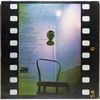
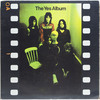
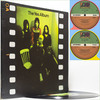


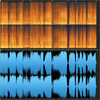
UsersDrive
KatFile
TurboBit


